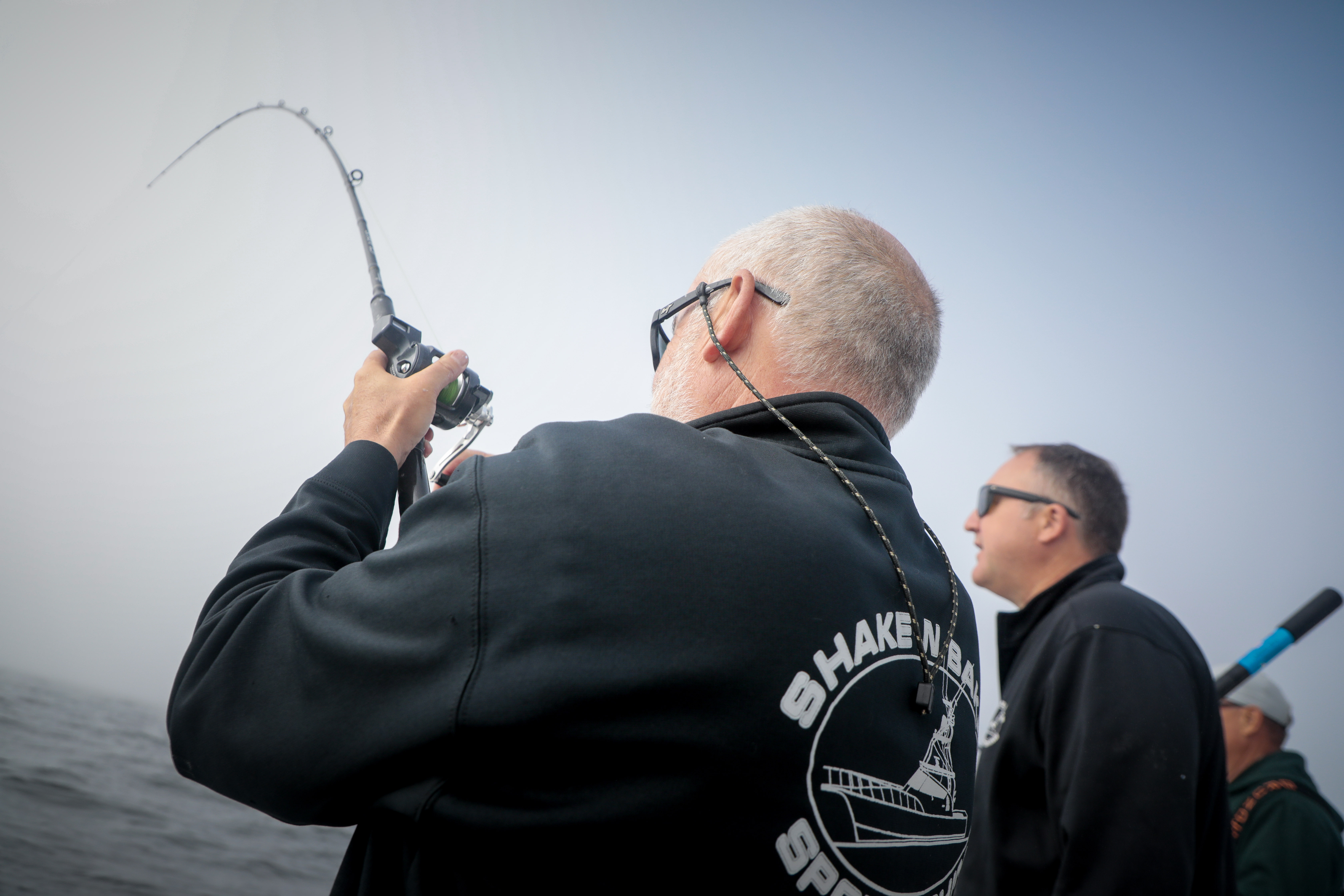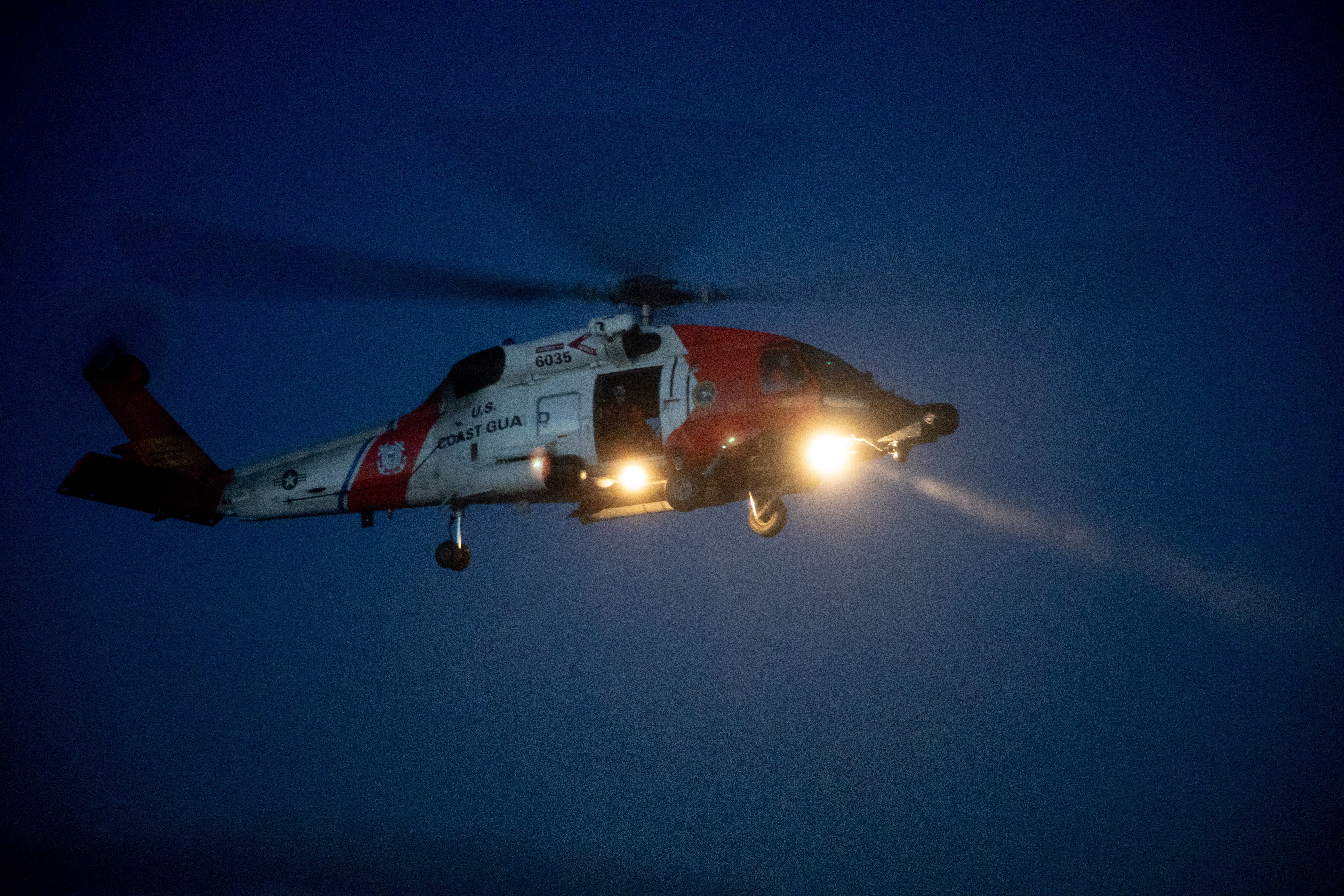Oregon’s marine reserve plans rile fishermen
Published 5:00 pm Tuesday, September 25, 2007
PACIFIC OCEAN – Commercial fishermen on the Lower Columbia say they can’t afford to have the government close any more nearshore ocean fishing grounds, but a marine reserve plan backed by conservation groups and Oregon Gov. Ted Kulongoski aims to do just that.
Trending
Plans to close sections of the three-mile stretch of state waters off the Oregon coast to extractive uses such as fishing have been in the works for years through a group of stakeholders appointed by the governor to the Oregon Ocean Policy Advisory Council. With the recent advancement of wave energy projects – an alternative energy form that could further reduce open fishing grounds – the council is now at the heart of a controversial question that has coastal communities on edge: How should Oregon manage its ocean waters?
This is a question with relevance in Pacific County, where crabbers and other fishermen often utilize fisheries in both Oregon and Washington.
Conservation groups see the Oregon governor’s marine reserves mandate as an opportunity to start a much-needed effort to protect valuable ocean ecosystems and public resources, but local trawlers say the fleet is already banned from too many ocean areas and they’re not convinced the reserves are necessary. The prospect of wave energy parks claiming chunks of ocean turf only adds to anxiety in the fishing community.
Trending
Members of the council and its working groups say they’re trying to find common ground, but they’re also up against Kulongoski’s timetable for recommending reserve areas. Coastal governments, meanwhile, have weighed in on the issue by passing resolutions on how they believe the reserve process should proceed.
The marine reserve effort started under the leadership of Oregon Gov. John Kitzhaber, who appointed the first members of OPAC to explore the need for protecting ocean habitat. After the first council voted in favor of forming reserves in 2002, Gov. Kulongoski appointed a new set of councillors in 2005 to begin the selection and implementation process. Kulongoski also requested that the council review the procedures for declaring state waters a National Marine Sanctuary, which would trigger federal conservation controls, but the idea proved unpopular.
Now, the council is working on a tight timetable set by Kulongoski to have a set of reserves lined up by the end of next year.
Fishing rep: Reserves ‘so vast’Bernie Bjork, spokesman for the 75-member Lower Columbia Alliance for Sustainable Fisheries, says most local commercial fishermen don’t want the marine reserves either. Trawl fishermen are already banned from fishing in two federally mandated protected areas, the Rockfish Conservation Area, a swath of ocean that runs from the Canadian border to around Cannon Beach and broadens to nearly 30 miles wide in some places, and Essential Fish Habitat, which includes 150,000 square miles of West Coast ocean. For trawlers to get on board with the marine reserve plan would take some “compromises,” said Bjork.
“The fishermen, they would go along with it if they would be allowed some discussion with environmental groups and the federal government to give up some of the previously closed areas,” he said. “They’re so vast.”
But so far, Bjork said, the plans have been moving forward with support from “paid activists” and people who don’t understand the ocean or challenges of commercial fishing.
“A lot of (fishermen) are pretty upset with the entire concept and they’re starting to feel like it’s just getting shoved down their throats,” said Bjork, who argued that there isn’t enough scientific evidence to justify creating the reserves, which could also have a negative impact on coastal economies.
Ilwaco port opposes reserve expansion
Port of Ilwaco commissioners voted in November 2006 to formally oppose creation of marine reserves here. In a letter directed to U.S. Rep. Brian Baird, Sen. Patty Murray and Sen. Maria Cantwell, the Port of Ilwaco commissioners said they strongly oppose the creation of any new marine sanctuaries off the coast of Washington and Oregon. They stressed that they are committed to resource conservation, environmental protection, and opposed to offshore oil drilling (legally prohibited until at least 2012).
A resolution passed last week by the Port of Astoria echoed similar resolutions by ports in Newport and Depoe Bay in asking for scientific and socioeconomic studies of proposed or nominated reserves. The resolutions also point out the need for funding proper assessment of the reserve areas, an issue that has yet to be addressed at the state level.
Conservationists say there will always be some people who don’t want the current ocean management system to change, but they say many people who initially opposed the marine reserve plan have come to see its possible benefits.
Peter Huhtala, an Astoria resident and senior policy director for the Pacific Marine Conservation Council, said dividing up ocean territory and labeling it for certain uses could help the fishing industry as development pressures grow.
“I think if we start defining areas where trawling is allowed, where it is now, it’s only going to help the industry in making the argument that they shouldn’t site wave energy parks in places where fishing is important for local access for fisheries,” he said.
Huhtala, who has attended OPAC meetings for years, said Oregon needs a plan for how it’s going to carve up the ocean for the various interests, and the marine reserves could be the first step in that process.
“From our point of view, it makes the most sense and it shows our generation’s responsibility to future generations if we lead with ocean protection, ocean conservation, and sustainable uses … and make sure we’ve carved out the heritage legacy that we want to leave before we start giving away public ocean real estate to private industry or destructive uses,” he said.
It’s also possible the state could decide to balance marine reserves, which prohibit all extractive uses, with marine protected areas that would allow some uses but not others.
Lots more money and date neededBut former port commissioner Jim Bergeron, of Svensen, who has been a member of the Marine Reserve Working Group for several years, said the path toward creating marine reserves has been full of “blind alleys,” and the council still needs a lot of scientific data and money to fund research and enforcement efforts if the plan is to be implemented responsibly.
“The big question a number of people are asking is: What is the problem that we’re trying to solve?” Bergeron said. “A good share of people would like to see something spelled out saying these are the problems that are in the ocean. People are saying there isn’t enough scientific justification right now for doing anything, and we would like to see some more research done before we really get into deciding, number one, that we really want marine reserves, number two, where we locate them, and three, what exactly do these reserves mean?”
OPAC Chairman Scott McMullen, an Astoria resident, said there is still contention and uncertainty over whether the reserves would be closed to all extractive uses, whether they would be permanent or open to future management decisions and even how much ocean area they would cover. The governor’s office will begin accepting nominations of marine areas from the public Jan. 1, after which the council will have about a year to evaluate the suggestions and select its recommended reserves.









